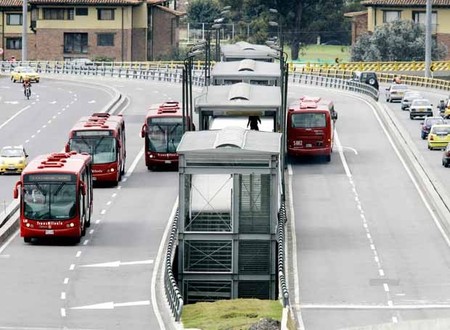Capital vox pop: It’s made for us
 It’s the man on the street’s voice. It could well sum up what the commoner thinks.
It’s the man on the street’s voice. It could well sum up what the commoner thinks.
“Yeh ek cheez hai jo government ne hamare liye banayi hai, apko toh problem hogi hi na (This is the one thing the government has done for us – of course, you’re not going to like it).”
That’s how a labourer on a bicycle angrily reacts when Delhi resident S. N. Sahai fake grumbles about Delhi’s new cycle tracks and bus lanes that have slowed down traffic.
Cycle tracks, pedestrian paths, beeping signals for the visually impaired, and separate lanes with dedicated bus stops – that’s Delhi’s 5.6-km Bus Rapid Transit System (BRTS).
And it’s working so well, it’s now extremely popular with the man on the street, even as motorists don’t like the way it has slowed down car lanes.
Sahai is proud of the labourer’s reaction.
A 1986-batch IAS officer, Sahai heads Delhi Integrated Multi Modal Transit System (DIMTS), which runs this BRTS, and is visiting the site to gauge public sentiment on the project.
“That labourer’s reaction is the common man’s reaction. They have a sense of belonging to it,” says Sahai. “The BRTS is a mode of mass transit, not class transit, and that is the need of the day.”
The first phase of the Delhi BRTS is planned as a 14.5-km stretch, from Ambedkar Nagar to Delhi Gate, of which 5.6 km is operational.
Nine Indian cities are working to get a BRTS system up and running, but it is operational only in three of them as of now — Delhi, Pune and Ahmedabad.
“This is one mode of mass transit that can be developed fast and cheap,” Delhi Chief Minister Sheila Dixit said.